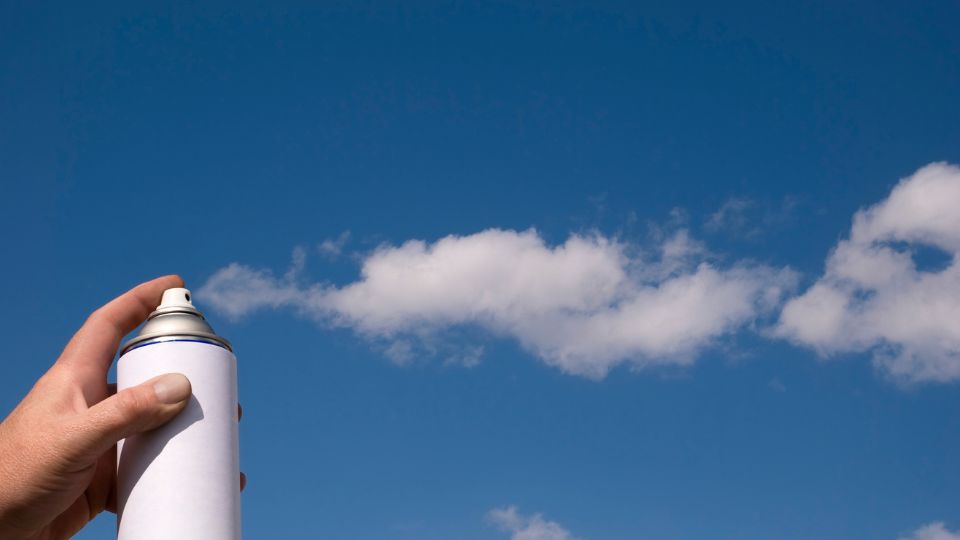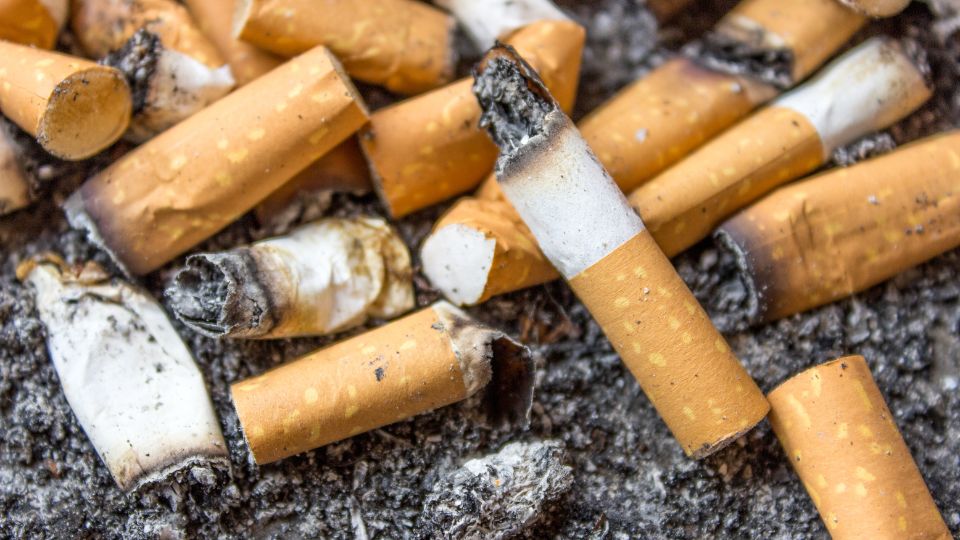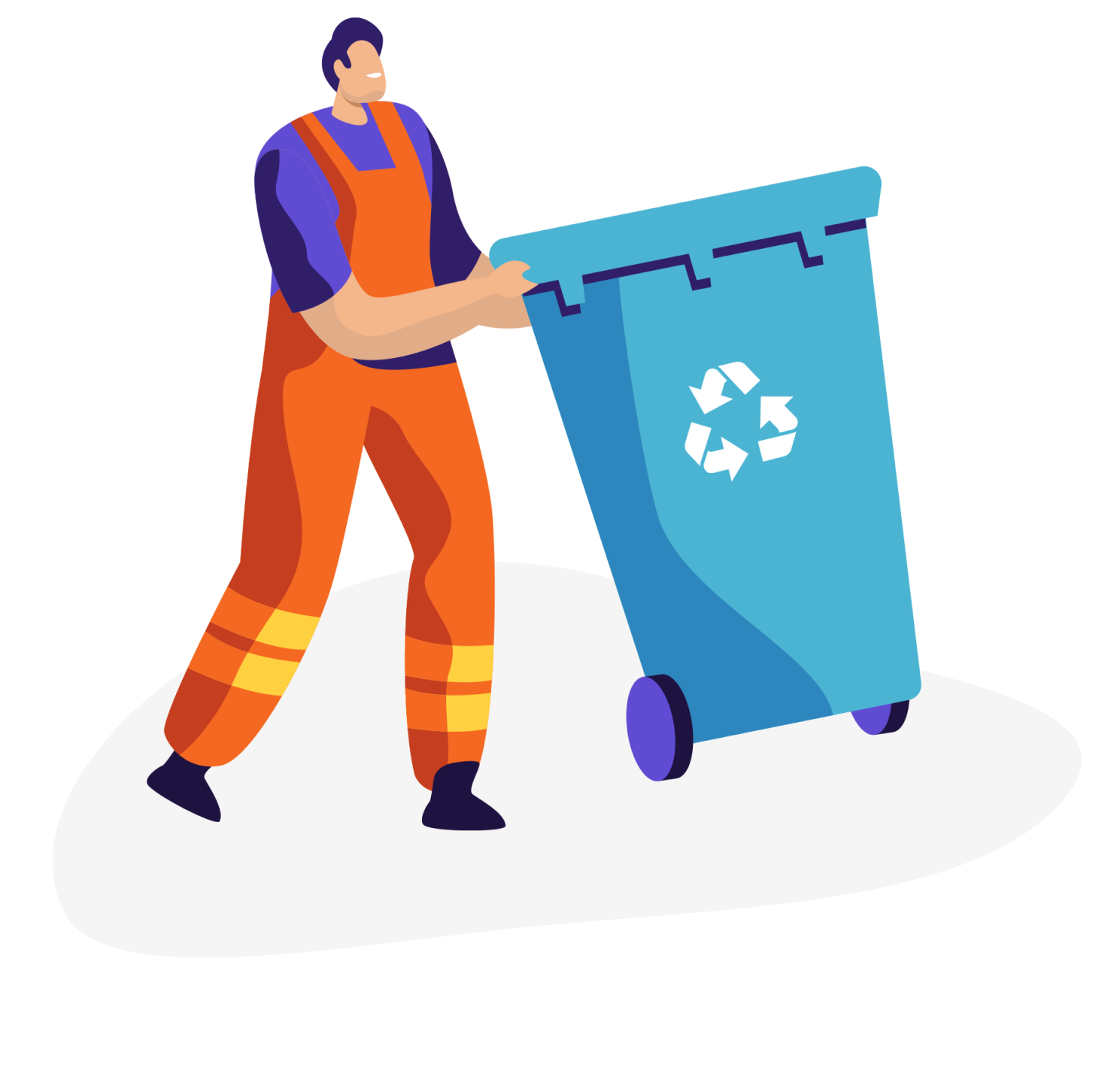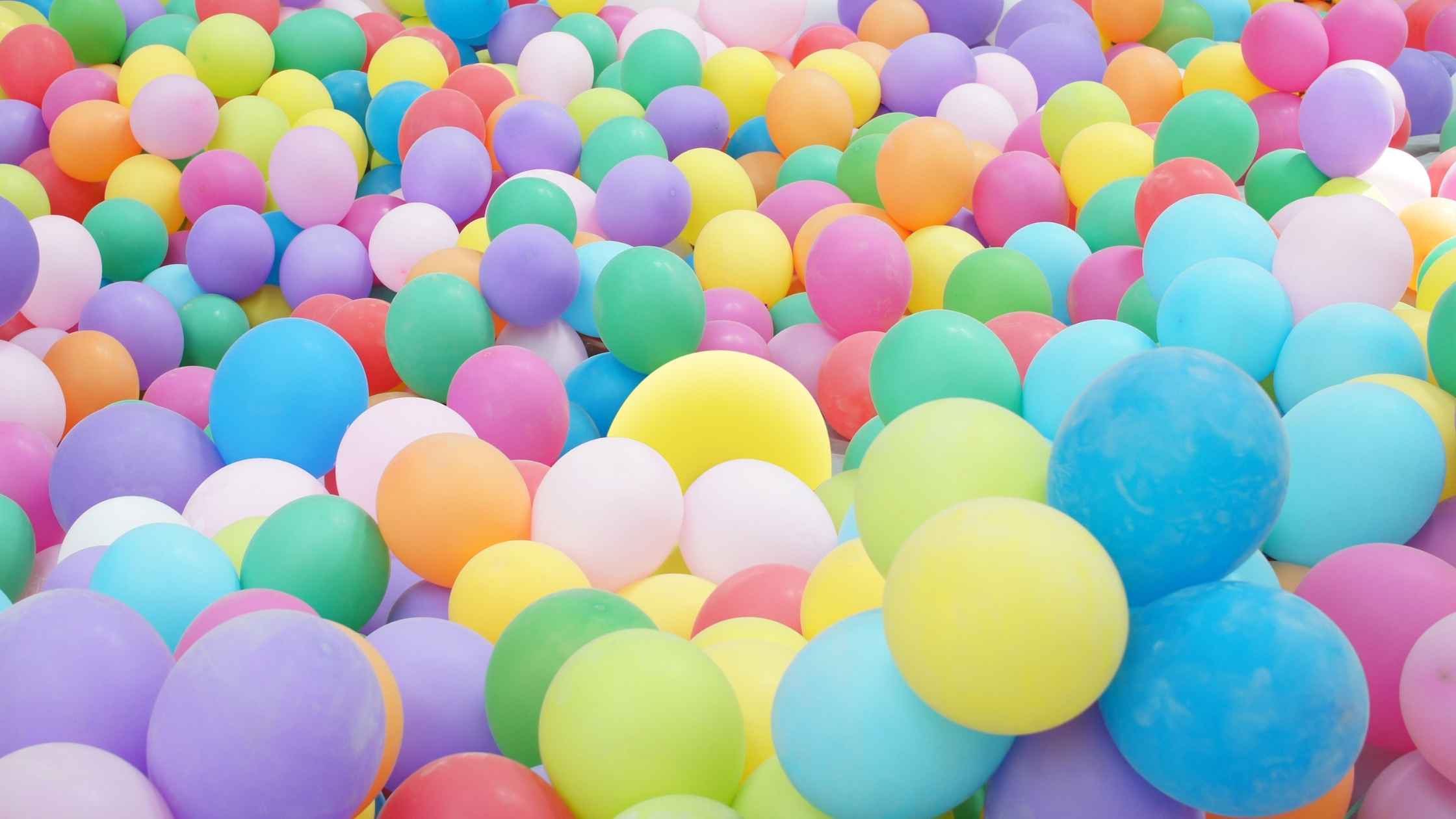
Balloons have long been associated with celebrations, bringing color and joy to parties, weddings, and corporate events. However, if you’ve ever wondered, are balloons bad for the environment? – the answer is a resounding yes.
The environmental impact of balloons is severe, and their short-lived fun comes at a high cost to our planet.
While they may seem harmless, balloons contribute significantly to pollution, harming wildlife, marine ecosystems, and even human health.
Understanding the consequences and exploring sustainable alternatives can help us make more environmentally responsible choices.
Table of Contents
- The Hidden Dangers of Balloons
- The Illusion of Biodegradability
- Sustainable Alternatives to Balloons
- Making a Change: Reducing Balloon Waste
- Conclusion
The Hidden Dangers of Balloons
1. Balloon Litter and Marine Pollution
One of the biggest concerns regarding balloons is their contribution to litter.
When released into the sky, balloons don’t simply disappear – they eventually descend and become waste.
Many end up in oceans, lakes, and rivers, where they pose a severe threat to marine life.
Sea turtles, birds, and fish often mistake balloon fragments for food, leading to fatal blockages in their digestive systems.
Even latex balloons, which are often marketed as biodegradable, take years to break down in natural environments.
By the time they do, countless animals may have already ingested them.
Mylar balloons, made from metallic plastic, are even worse, as they do not decompose and can persist in the environment for decades.
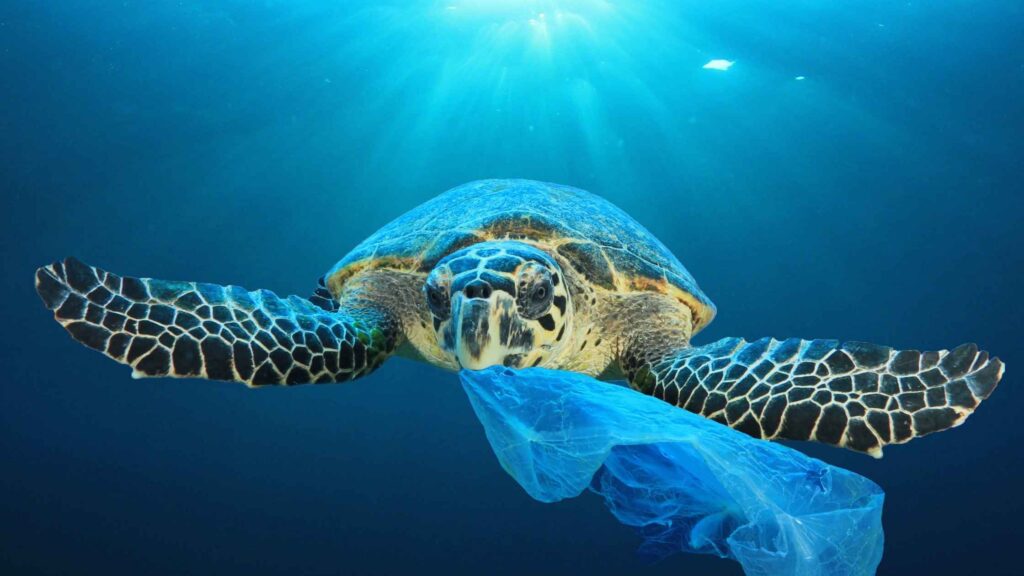
2. Impact on Wildlife
Balloons and their ribbons or strings create hazards for wildlife.
Birds and small mammals can become entangled in balloon ribbons, restricting their movement and leading to injury or death.
The ingested balloon fragments can cause slow, painful deaths due to internal blockages, starvation, or suffocation.
Research has shown that balloon debris is one of the most harmful types of litter to seabirds.
According to a study conducted published in the journal Scientific Reports, balloons are 32 times more likely to kill seabirds than hard plastics when ingested.
Reducing or finding alternatives to balloons is critical to protecting wildlife.
3. Harmful Production Process
The environmental impact of balloons extends beyond disposal.
The production of balloons, particularly latex and Mylar, requires substantial amounts of energy and resources.
Latex is derived from rubber trees, but the demand for latex products contributes to deforestation, habitat destruction, and loss of biodiversity.
Mylar balloons, on the other hand, are made from polyethylene terephthalate (PET), a type of plastic derived from fossil fuels.
The extraction and refining of these non-renewable resources release greenhouse gases and contribute to climate change.
Moreover, the production process involves toxic chemicals that can contaminate water supplies and harm ecosystems.
4. Helium Waste
Many balloons are filled with helium, a non-renewable gas with significant scientific and medical applications.
Helium is essential for cooling MRI machines, supporting space exploration, and conducting high-tech research.
Using helium for decorative balloons is a wasteful practice that depletes limited reserves of this valuable resource.

The Illusion of Biodegradability
Some balloon manufacturers claim that their latex balloons are biodegradable, but this is misleading.
While latex does eventually break down, the process can take years, especially in marine environments where oxygen and sunlight exposure are limited.
By the time a balloon decomposes, it has likely already caused harm to wildlife and ecosystems.
Furthermore, most latex balloons contain chemical additives to enhance elasticity and durability, slowing down the degradation process even further.
The reality is that no balloon can be considered truly environmentally friendly.
So if you’re still wondering if balloons are bad for the environment – the evidence overwhelmingly says yes.
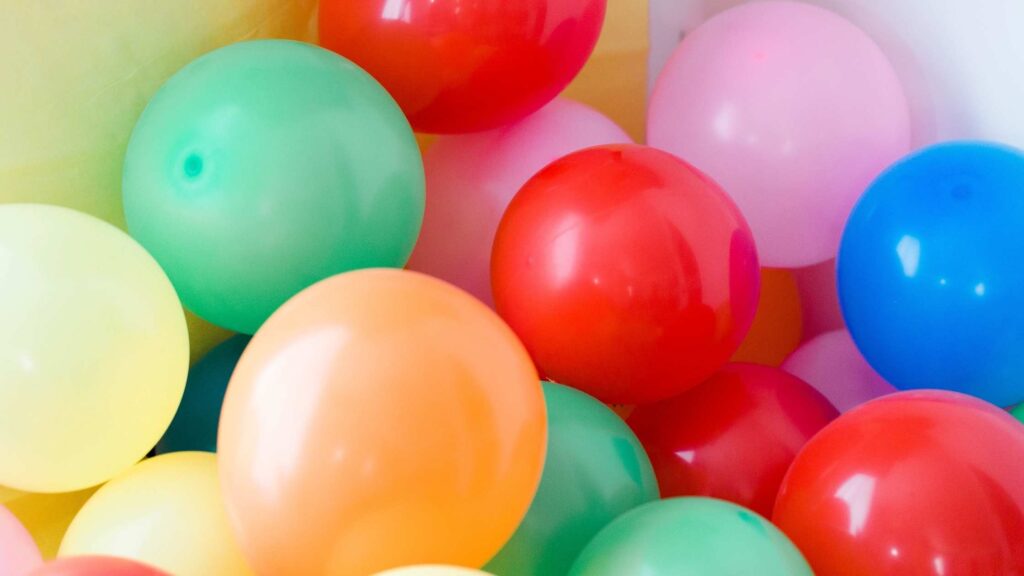
Sustainable Alternatives to Balloons
Fortunately, there are many eco-friendly alternatives to balloons that can provide the same joy and festivity without the harmful environmental impact.
Here are some creative options:
1. Paper Decorations
Paper-based decorations such as tissue paper pom-poms, origami, and paper garlands are reusable, biodegradable, and customisable.
They can be made from recycled materials and composted after use.
2. Kites
For events where people would typically release balloons, flying kites can be a more environmentally responsible alternative.
Kites provide a similar visual spectacle without the risk of pollution.

3. Fabric Banners and Flags
Reusable fabric banners, bunting, and flags add color and festivity to any event.
Made from sustainable materials like organic cotton or recycled fabric, they can be stored and reused for years.
4. Seed Paper Confetti
Instead of releasing balloons, consider using biodegradable seed paper confetti.
When scattered, these small bits of paper dissolve in the soil and sprout into flowers or plants, contributing positively to the environment.

Making a Change: Reducing Balloon Waste
As individuals, businesses, and event planners, we have the power to reduce balloon waste by making conscious choices. Here are some steps you can take:
- Avoid balloon releases: Balloon releases are particularly harmful, as they contribute directly to litter and marine pollution.
- Choose reusable decorations: Opt for long-lasting, reusable decorations instead of single-use balloons.
- Educate others: Spread awareness about the environmental impact of balloons and advocate for eco-friendly alternatives.
Conclusion
So, are balloons bad for the environment?
The answer is clear.
While they may add temporary beauty to events, their long-lasting consequences on wildlife, marine ecosystems, and the planet make them an unsustainable choice.
By opting for eco-friendly alternatives, we can celebrate responsibly and ensure that future generations inherit a cleaner, healthier world.
It’s time to rethink our traditions and choose joy without waste.
The future of our environment depends on the small but significant choices we make today.

